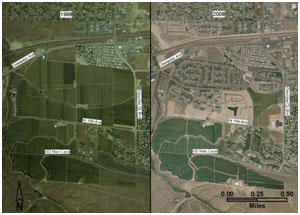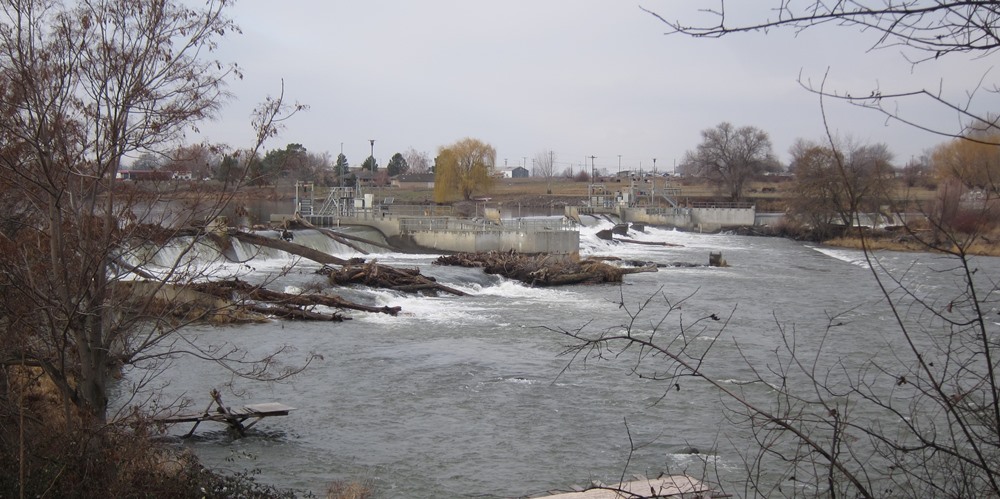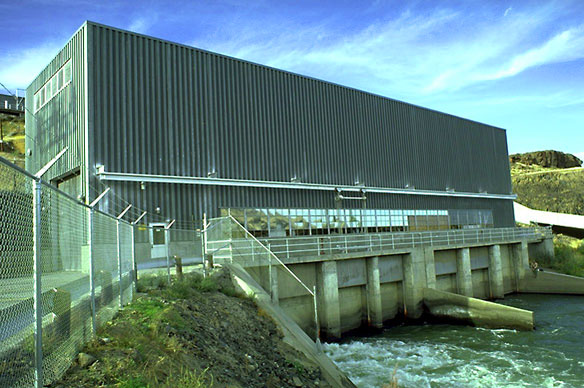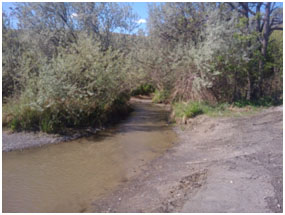Home » About KID
KID Mission Statement
The Kennewick Irrigation District will deliver irrigation water, protect water rights and enhance supply, as authorized by Washington State statutes and federal laws, for the maximum benefit of our community.
District Priorities
Service to Community and Care of the Environment
Stewardship of District Assets, Water Rights, and Supply
Risk Management and Fiscal Responsibility
Infrastructure Maintenance and Development
What is the Kennewick Irrigation District?
KID was originally formed as a Special Purpose District in the State of Washington in 1917, but it originates much earlier, dating back to the late 1800s. The modern KID of today began in the early 1950s when the United States Bureau of Reclamation, in partnership with the District and farmers, built the canal system still used today.
KID diverts water from the Yakima River at Prosser Dam. Water travels 11 miles down a diversion canal along the river to Chandler. There, hydraulic pumps as large as a garage send it under the river and halfway up the side of the Horse Heaven Hills to the head of the main canal.
The Kennewick Division of the Yakima Project is a combined irrigation and power development project that includes the 12 megawatt Chandler Power Plant and Pump Station. The District serves over 20,200 acres of land within a 55,000 acre boundary.
KID was initially built to serve the agricultural community in the Tri-Cities area. Today, the majority of our customers live in residential developments, and the shift from farmland to urbanization is expected to continue into the future. This presents challenges because the canal system was designed for farmers who had to order their water. KID balanced the system with an agricultural demand curve, not an urbanized, on-demand system.
Agricultural land uses will change to urban land uses as the Tri-Cities area continues to grow.
What is the Yakima Project?
ID is one of six irrigation districts served by the US Bureau of Reclamation’s Yakima Project. The project extends for 175 miles on each side of the Yakima River. Water comes from the river and is stored in five reservoirs in and around the eastern foothills of the Cascade Mountains. About 464,000 acres are irrigated with water from the Yakima Project.
The storage reservoirs are: Bumping Lake, Cle Elum Lake, Kachess Lake, Keechelus Lake, and Rimrock Lake. In addition to reservoirs, the project includes two power plants, 30 pumping plants, and 400 miles of canals and 1,700 miles of lateral canals.
From the head end, the water begins a trip of more than 40 miles to the end of the main canal, where it empties into the Columbia River. Long ago this location was the site of the small town of Hover. Our customers are served by 64 miles of open channel canal and over 400 miles of pressurized piping. The City of Richland (south) and the City of Kennewick basically have a river flowing through them. KID flows over 33 billion gallons of water through the cities from April 1st to October 31st contributing to the vibrancy of these cities. We make the desert bloom!





